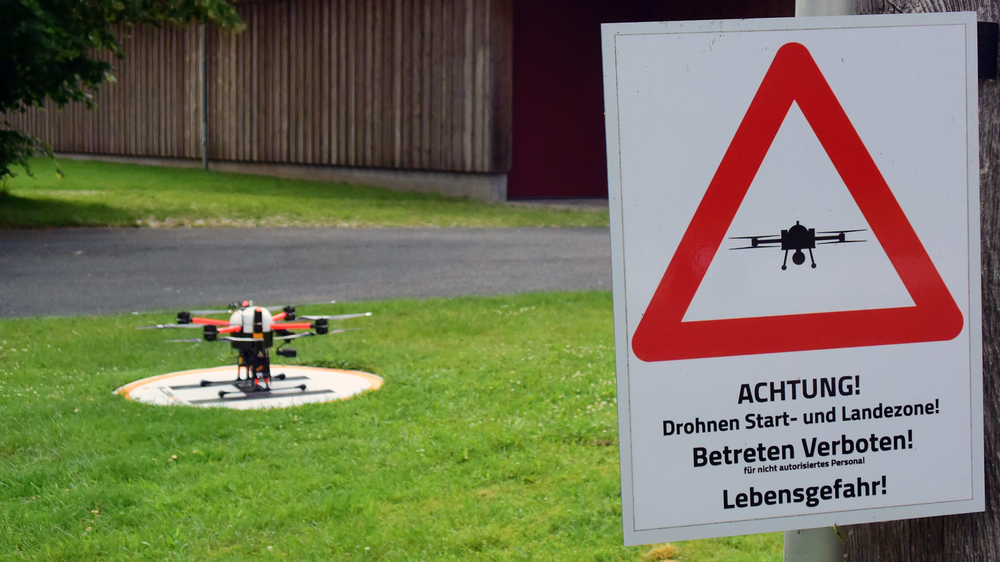Successful Flight Tests of Drone-to-Drone Radio Communication



- Successful survey flights with newly developed communication technologies – radio devices and antennas – have been completed
- Use cases: Independent communication, redundant data transmission, and local situational awareness.
Flight Tests Confirm the Effectiveness of Drone-to-Drone Radio Communication
Within the framework of the BMWK-funded LuFo project VEREDUS, successful flight tests were carried out to verify the performance of the radio devices and antennas developed in the project for establishing flying ad-hoc networks (FANETs). The DLR Institute of Air Transport collaborated closely with project partners IMST, Hamburg University of Technology (TUHH, Institute of Communication Networks), Germandrones, Globe UAV, MediaMobil, f.u.n.k.e. AVIONICS, and NavCert. The innovative devices aim to enhance flight safety and efficiency through a highly redundant and dynamic communication network between drones.
Independent and Redundant Communication Infrastructure
A FANET provides an independent communication channel that operates without ground infrastructure, allowing operators to communicate with drones via so-called multi-hop connections between multiple drones. This is particularly important in scenarios where primary communication channels fail or satellite connections are disrupted. Due to the redundant and dynamic structure of the FANET, data can still be transmitted even if individual drones within the communication network fail.
Autonomous Flight Control and Situational Awareness
Each drone can share its position and other relevant data with all other drones in the network, enabling the creation of a situational picture that can be used for collision avoidance or autonomous flight control. Authorities and operators can also connect to the network to obtain a comprehensive situational overview.
Survey Flights and Initial Results
The initial flight tests focused on survey flights with prototypes of the radio devices and antennas, which were developed under the VEREDUS project leadership of IMST GmbH in collaboration with project partners and the DLR. During the flight tests at Globe UAV in Delbrück, two in-flight units and a ground station were used to assess the range and directional dependence of the radio devices and antennas by flying specific patterns. Additionally, the reliability of the radio connections was assessed based on the transmitted data packets. The interplay of hardware and software in the developed systems was successfully tested during the preliminary test flights. Further test flights, focusing on multi-hop connections, are planned for the end of the year.
Air Traffic Simulation in VEREDUS
The tasks of the DLR Institute of Air Transport in the VEREDUS project include the creation and analysis of air traffic simulations. A specially developed software tool simulates drone flight movements in urban areas and determines possible trajectories of the individual vehicles. The generated data is fed into a network simulation at Hamburg University of Technology, which simulates data traffic in the FANET. This interaction provides important insights into the performance of the ad-hoc network and helps define requirements for hardware and software.
